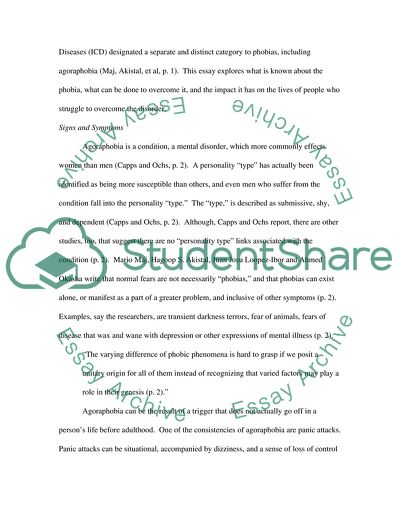Cite this document
(Agoraphobia: Housebound Literature review Example | Topics and Well Written Essays - 1250 words, n.d.)
Agoraphobia: Housebound Literature review Example | Topics and Well Written Essays - 1250 words. https://studentshare.org/psychology/1715394-abnormal-psychology-a-psychological-disorder
Agoraphobia: Housebound Literature review Example | Topics and Well Written Essays - 1250 words. https://studentshare.org/psychology/1715394-abnormal-psychology-a-psychological-disorder
(Agoraphobia: Housebound Literature Review Example | Topics and Well Written Essays - 1250 Words)
Agoraphobia: Housebound Literature Review Example | Topics and Well Written Essays - 1250 Words. https://studentshare.org/psychology/1715394-abnormal-psychology-a-psychological-disorder.
Agoraphobia: Housebound Literature Review Example | Topics and Well Written Essays - 1250 Words. https://studentshare.org/psychology/1715394-abnormal-psychology-a-psychological-disorder.
“Agoraphobia: Housebound Literature Review Example | Topics and Well Written Essays - 1250 Words”. https://studentshare.org/psychology/1715394-abnormal-psychology-a-psychological-disorder.


